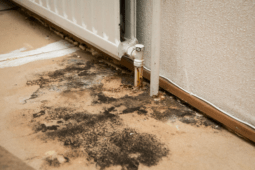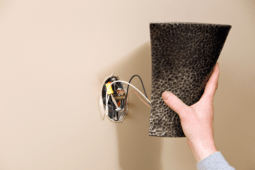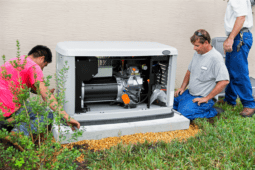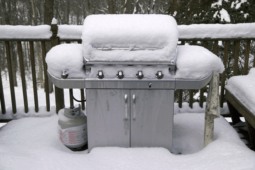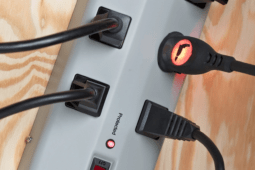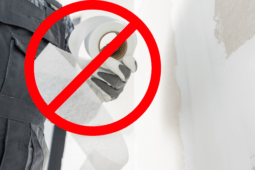How to Temporarily Patch a Roof Leak with Household Items
A sudden roof leak can be a stressful surprise, especially during a rainstorm or when a full repair isn’t immediately possible. Fortunately, you don’t need specialized tools or materials to stop water from coming into your home. By using common household items, you can make a temporary patch to control the leak until professional repairs can be arranged. In this guide, we’ll cover practical methods to handle leaks safely, minimizing water damage and giving you peace of mind in an emergency.
1. Use a Tarp as a Heavy-Duty Cover
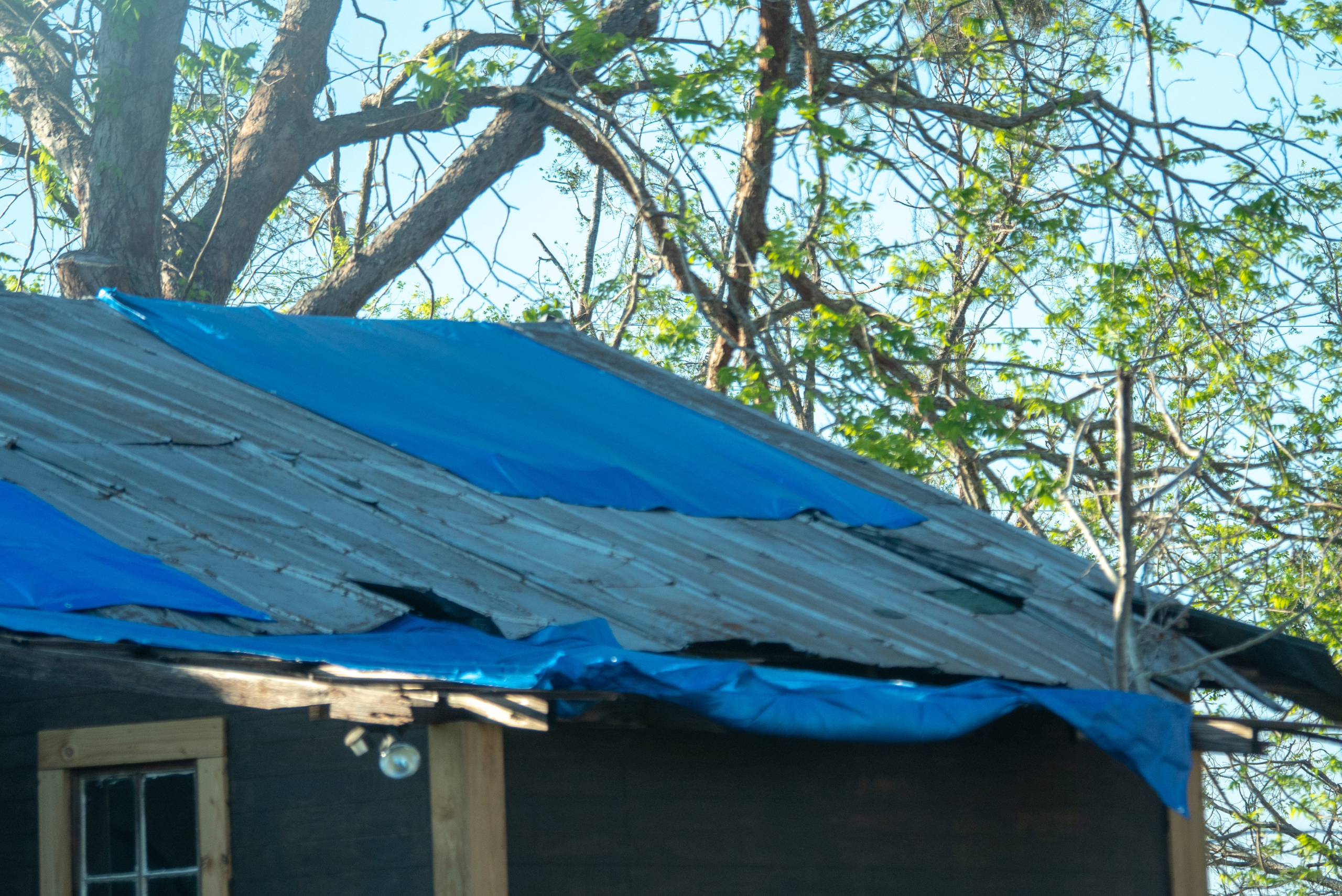
For larger leaks or areas with multiple leaks, a tarp is one of the most effective temporary solutions. Secure the tarp over the roof section that needs protection, extending it beyond the area where water is coming in. Use bricks, heavy objects, or secure ropes to hold the tarp in place, preventing it from shifting with wind or rain.
When positioning the tarp, allow it to slope downward to let water flow away from the damaged area. This solution provides a significant barrier, offering more protection than smaller patches. While tarps are bulkier than other household items, they’re a reliable, short-term fix that can last several days to weeks in an emergency.
2. Utilize Caulk or Sealant for Small Cracks and Holes
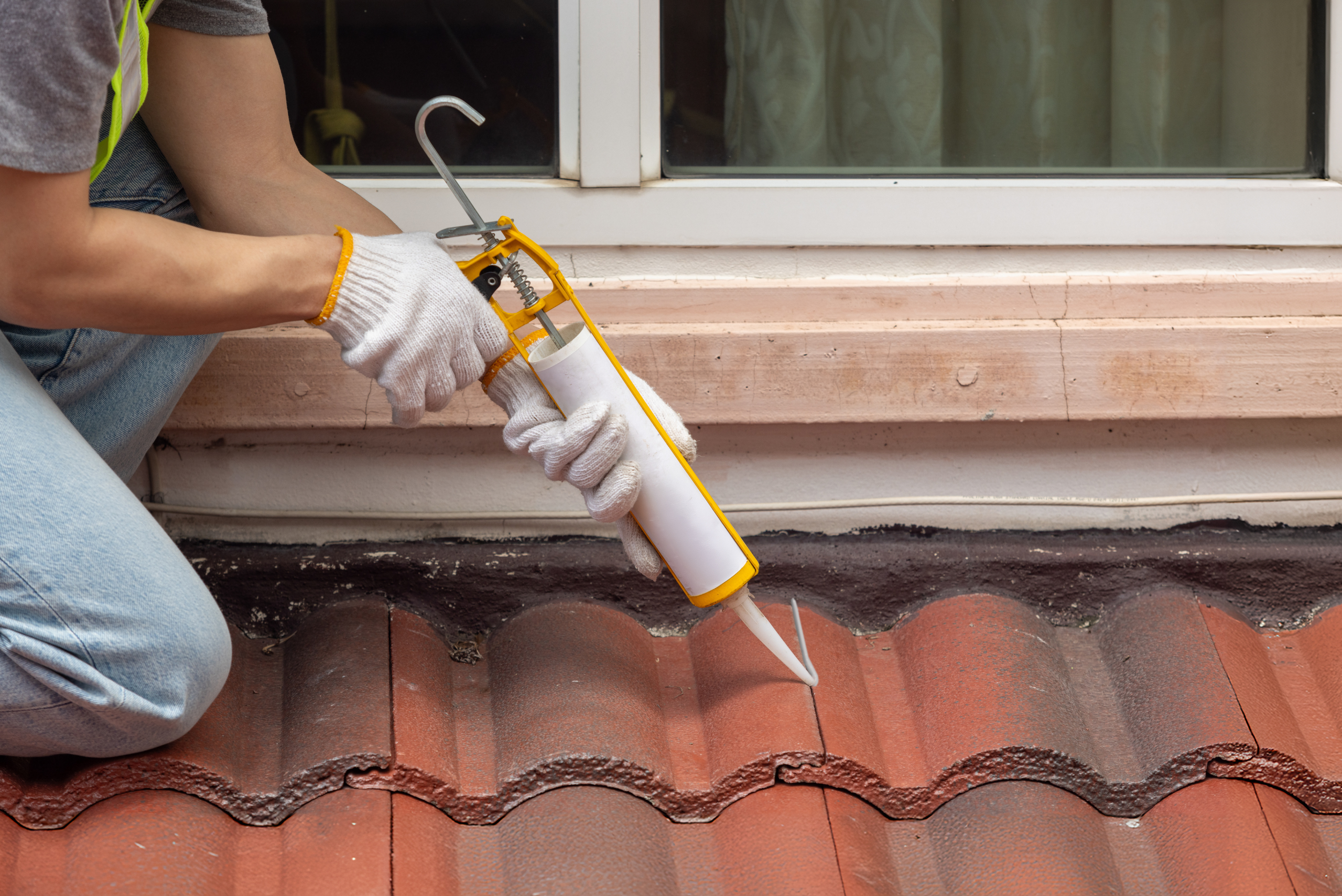
For smaller leaks caused by tiny holes or cracks, caulk or a sealant can be a quick fix. Clean and dry the area around the crack to help the caulk adhere. Squeeze the caulk or sealant directly onto the hole, filling it completely to prevent any water seepage. Use a putty knife or similar tool to smooth the caulk, ensuring it covers the entire area.
While this method works well for small, localized leaks, it may not be effective for larger gaps or extensive damage. Caulk can hold up for several weeks if applied properly, so it’s a viable choice if you need to manage a minor leak while waiting for a professional repair.
3. Use Duct Tape to Temporarily Seal the Leak
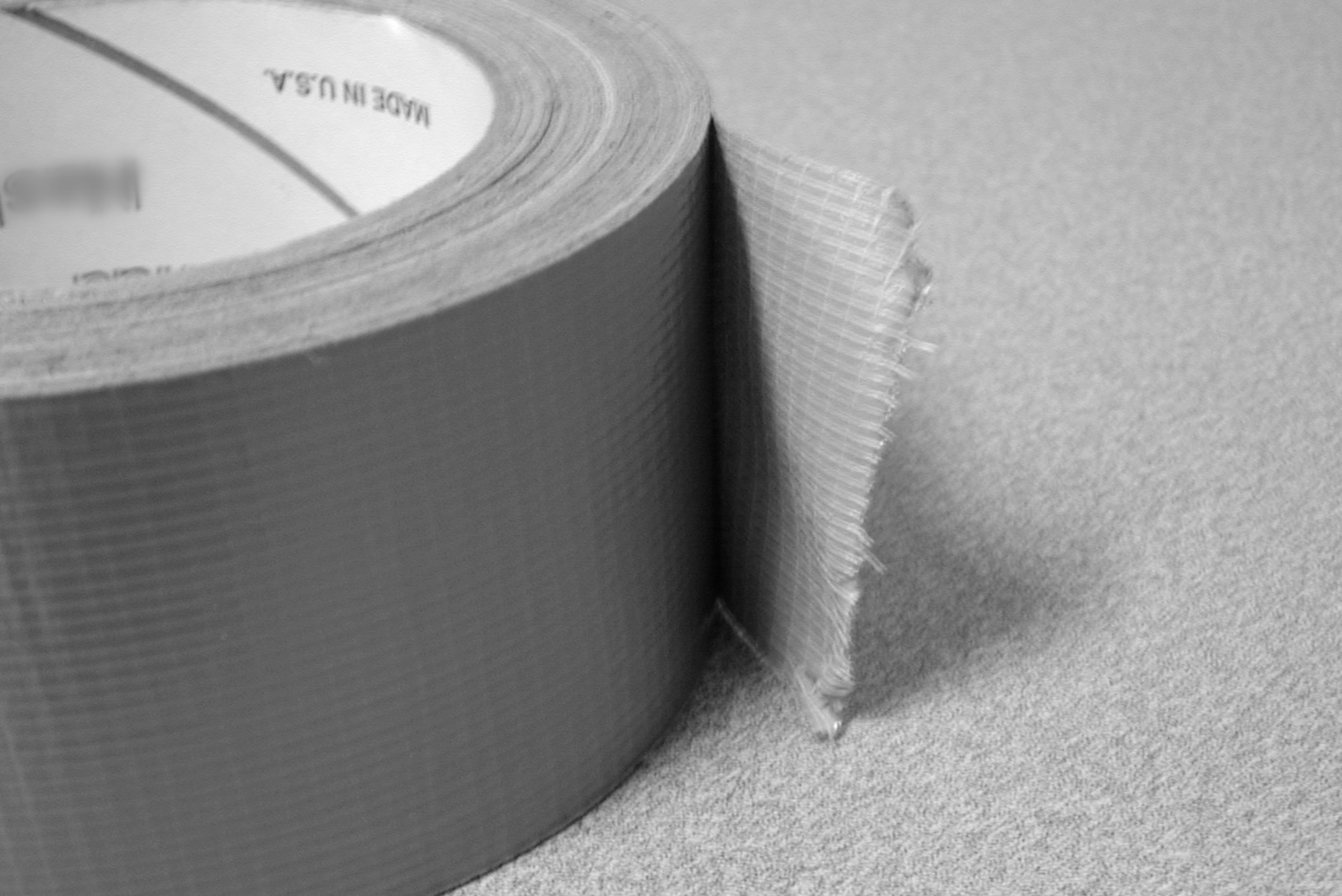
Duct tape is one of the most versatile household items, and in a pinch, it can provide a temporary barrier against a roof leak. To use duct tape effectively, first clean and dry the area around the leak as much as possible. Even though the surface may be wet, wiping away excess water will help the tape adhere better. Apply the tape in overlapping layers, covering the leak and creating a seal.
However, keep in mind that duct tape isn’t waterproof and may only last through light rain or a single storm. Regularly check the patch to ensure it’s holding up, as duct tape can lose its stickiness in wet or windy conditions. This quick fix will buy you some time but shouldn’t replace a more permanent repair.
4. Plastic Sheeting for a Water Barrier
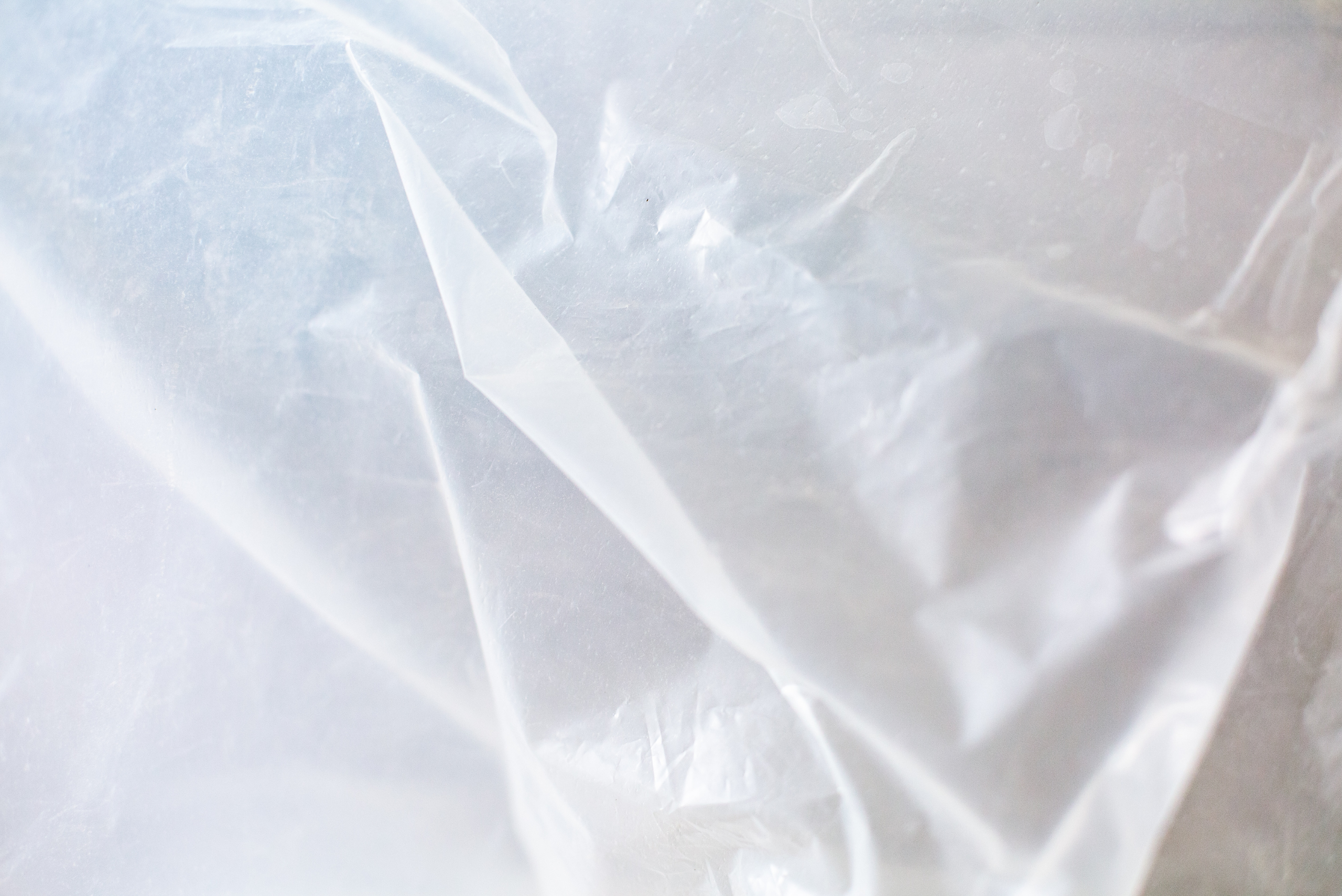
If you have plastic sheeting or even a large trash bag, you can create a temporary roof patch to prevent water from seeping inside. Cut the plastic to cover a large section around the leak, giving it a wide border to keep water from slipping underneath. Use nails, tacks, or heavy-duty tape to secure the edges, being mindful to fasten it tightly to avoid wind from lifting the plastic.
Plastic sheeting works best on relatively flat sections of the roof and can hold up under moderate rain, making it a good solution for short-term leaks. This barrier provides basic coverage and may keep your attic or upper floors dry until you can arrange for repairs.
5. Apply Roofing Cement and Aluminum Foil for a Makeshift Patch
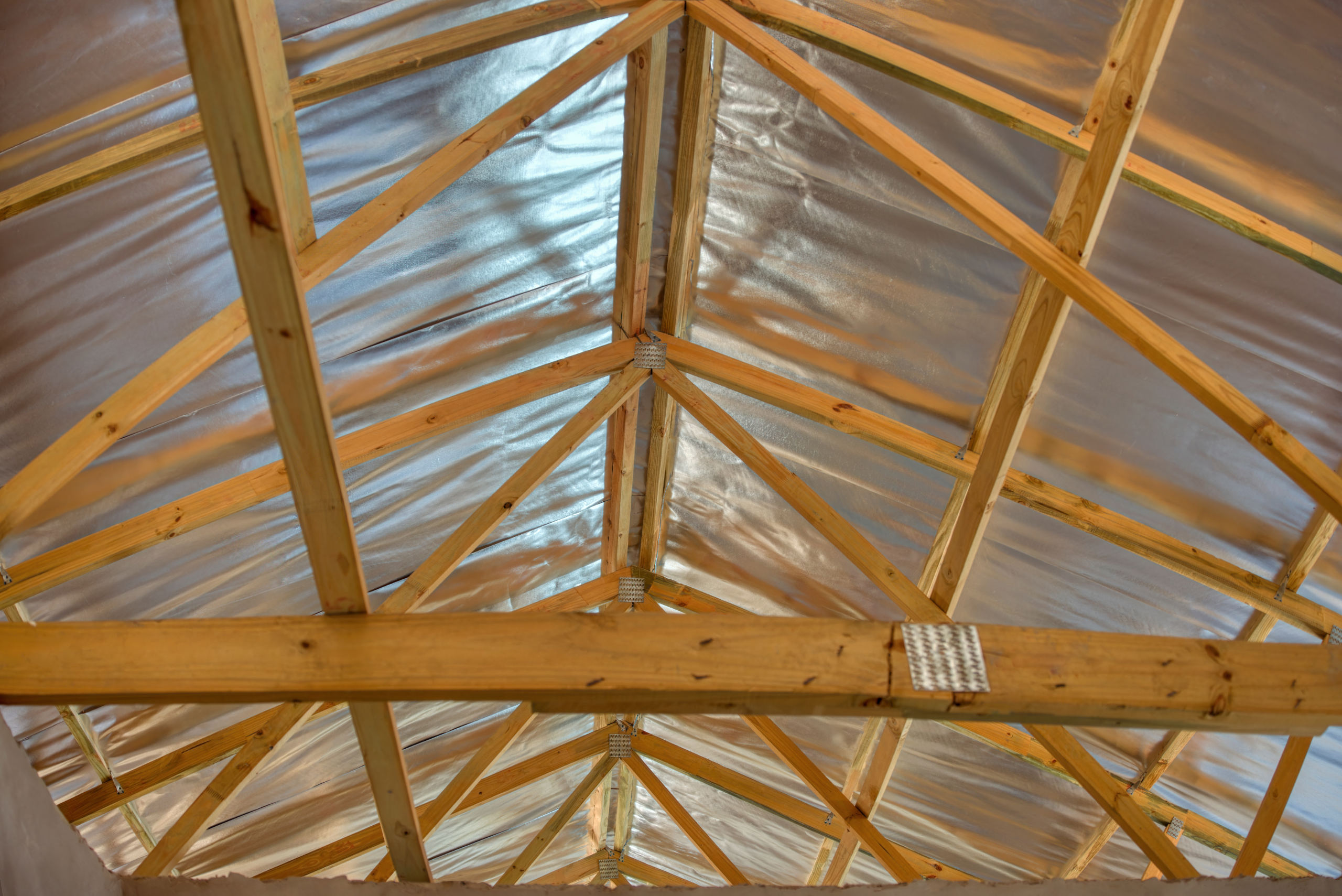
Roofing cement is a useful item to have on hand, and it can serve as a quick patch for leaks if you also have aluminum foil. First, smooth a layer of roofing cement over the leak area. Next, press a piece of aluminum foil onto the cement. This adds an extra layer of waterproofing, as the foil helps seal the area and prevents water from penetrating.
After applying the foil, add another layer of roofing cement on top, sandwiching the foil between the cement. This patch can last a few days, especially if your roof isn’t subjected to heavy rain, and will keep the area dry while you schedule a more permanent repair.
Related Articles
- How Long Does it Take to Replace a Roof?
- 4 Warning Signs You Need a New Roof
- How to Remove Roof Shingles Quickly and Safely
When faced with a roof leak, it’s reassuring to know that simple household items can provide a temporary fix. Using duct tape, plastic sheeting, roofing cement with aluminum foil, a tarp, or caulk can all help you manage a leak in an emergency. While these solutions aren’t permanent, they can minimize water damage and buy you time to schedule a proper repair. Keeping your roof in good condition is essential, so once you’ve applied a temporary fix, arrange for a more durable solution as soon as possible to ensure lasting protection for your home.

